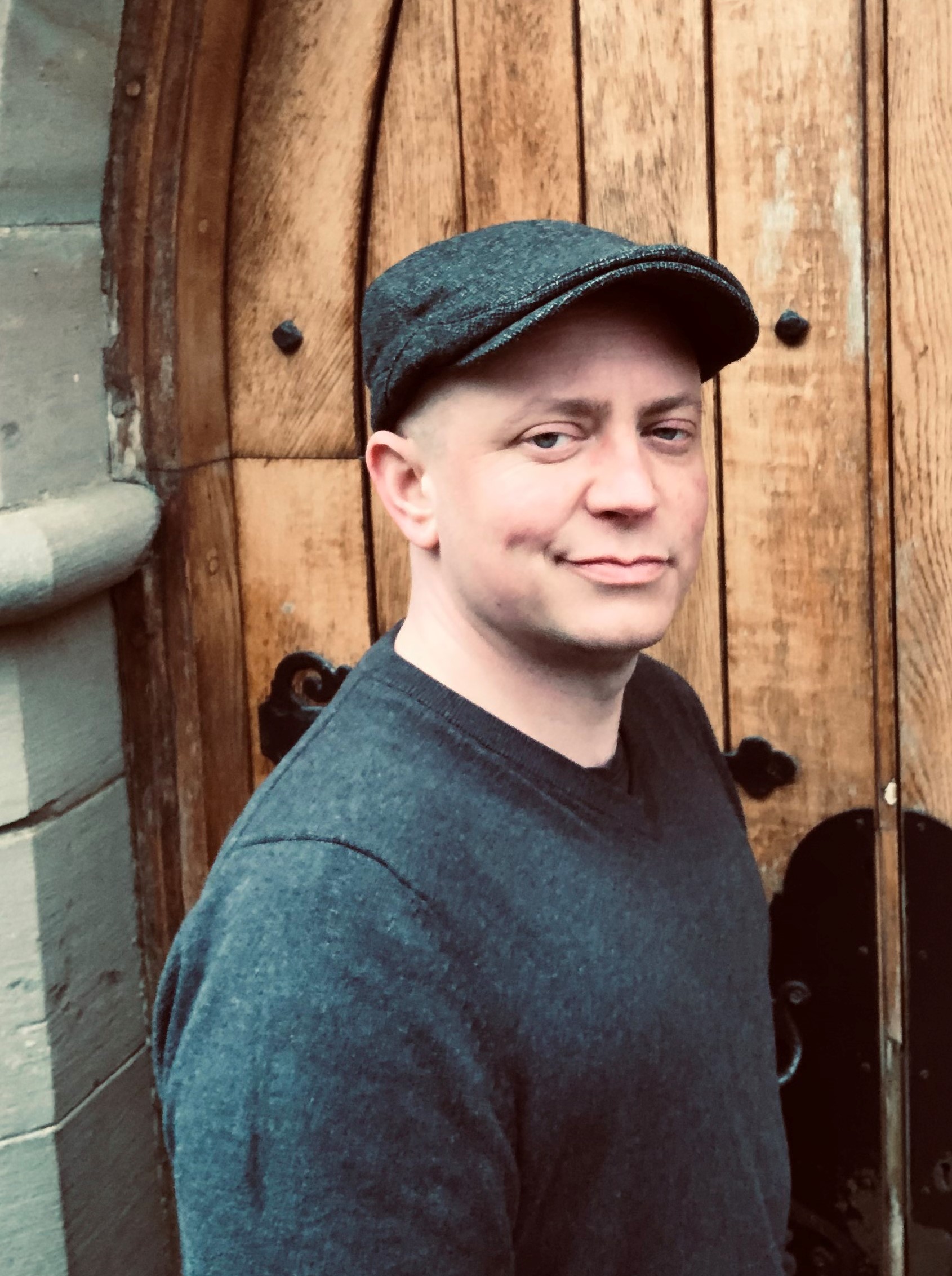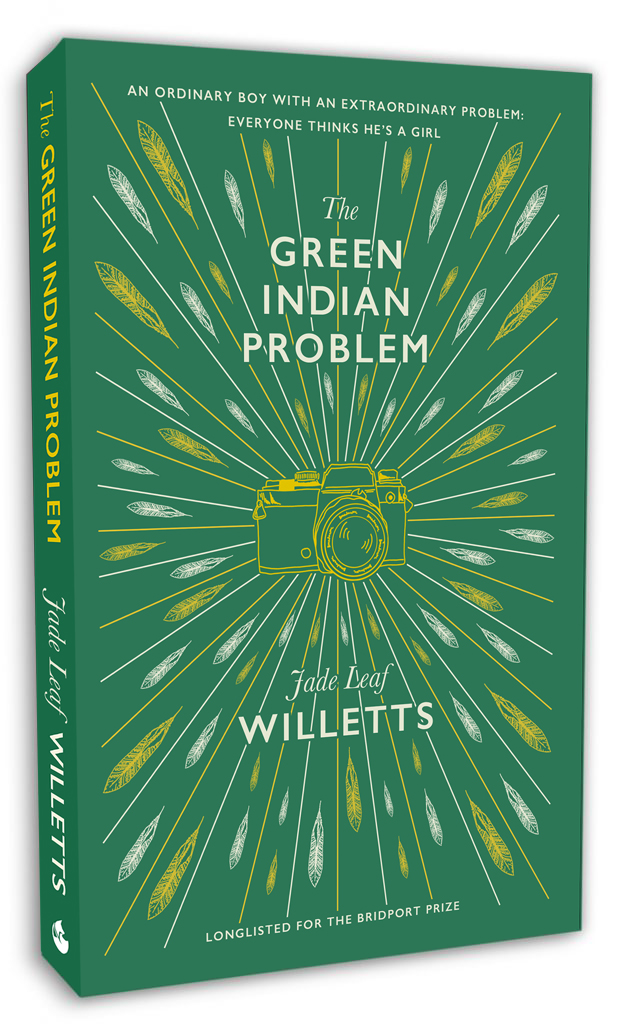An Interview with Jade Leaf Willetts


Jade Leaf Willetts is a writer from Llanbradach in South Wales. He writes about extraordinary characters in ordinary worlds and has a penchant for unreliable narrators. The Green Indian Problem is his first novel.
We caught up with Jade to talk about his new book, The Green Indian Problem.
What inspired you to write The Green Indian Problem?
I read a few coming-of-age novels that focus on identity, but I was really interested in writing a younger child’s point of view. I think child narrators are compelling, and when I ‘found’ Green’s voice, I was hooked on his interpretation of the world. Kids are like little detectives with their incessant questions – I wanted to explore what happens when there are no easy answers.
Are there any main themes or points you want the reader to take away from your book?
I’d like the book to comfort readers, especially anyone struggling with their identity. I think reading the right book at the right time can be a special thing, and I like to think The Green Indian Problem will be the right book for someone.
Which other writers do you most admire and why?
Bukowski – for writing about the beauty in the ordinary. I also love Alan Sillitoe.
Are there any books which have changed your life?
The Catcher in the Rye was the first book that changed my life. It was my first experience relating to a character completely. I was so isolated in my feelings, it hadn’t occurred to me that I wasn’t alone, that my weird thoughts were universal. It blew my mind that someone from another place and time had felt the same things and bothered to write about them. It was a revelation in shared experiences and emotions.
What’s the best piece of writing advice you’ve ever received?
The old classic ‘write what you know’. I initially approached writing as an escape and ignored this advice, but my writing fell flat. My mother kept telling me to use my background and experiences in my work. She was right, and so were the writers the advice is attributed to.
What’s the strangest job (besides writing) that you’ve ever had?
All my jobs have been strange and ill-suited. I think I’m allergic to money. I was a barber for a few years. I felt like the homicidal barber in that Monty Python sketch. I dreaded every day. Writing is the only ‘job’ that suits me.
Where do you write?
In the corner of the living room. I’ve got a tiny laptop and a child’s desk. It’s not Wonderland, but I can relate to Alice.
What’s the best place to read?
In bed, with a cup of tea (when it’s raining).
You’re hosting a literary dinner party. Which famous writer (from any point of history) do you invite?
It’s tempting to invite Sylvia Plath, Joan Didion, or Jack Kerouac, but nobody could live up to my expectations of them, and I’d hate to find out over a curry. I’m a loner. The pressure would kill me.
What’s the background music at your dinner party?
Since I’m dining alone, Joni Mitchell would be perfect company.
Any outlandish hobbies?
All my hobbies involve sitting down. I am only adventurous with words. In another world, I would be a skateboarder.
What’s next?
I’m writing a coming-of-age follow-up to The Green Indian Problem. It’s going slowly. I need to finish a lot of things. I’ve got too many half-written stories.
Set in the valleys of South Wales at the tail end of Thatcher’s Britain, The Green Indian Problem is the story of Green, a seven year-old with intelligence beyond his years – an ordinary boy with an extraordinary problem: everyone thinks he’s a girl. Green sets out to try and solve the mystery of his identity, but other issues keep cropping up – God, Father Christmas, cancer – and one day his best friend goes missing, leaving a rift in the community and even more unanswered questions.
Dealing with deep themes of friendship, identity, child abuse and grief, The Green Indian Problem is, at heart, an all-too-real story of a young boy trying to find out why he’s not like the other boys in his class.
Longlisted for the Bridport Prize (in the Peggy Chapman-Andrews category)













